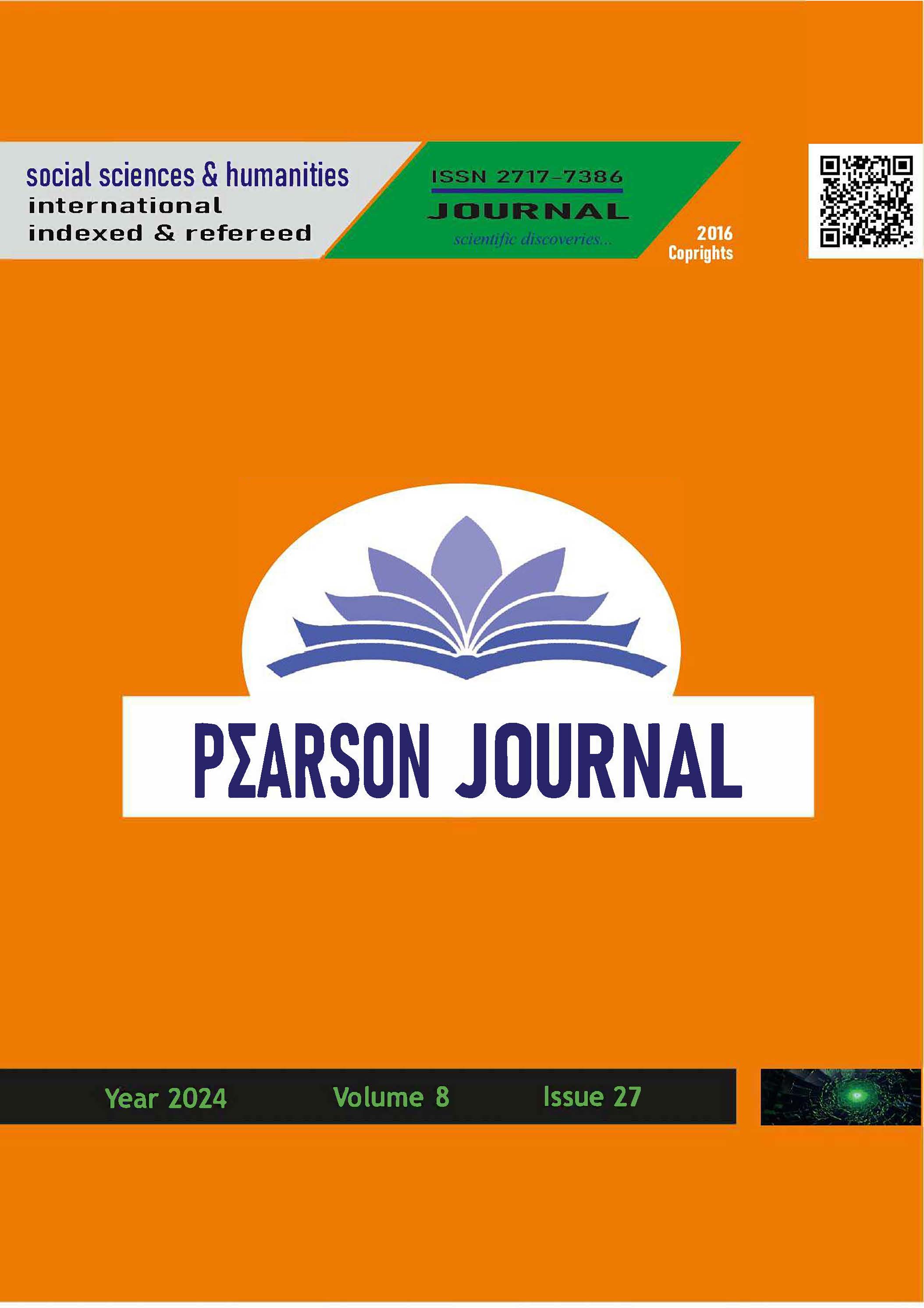An Analysis Of Sait Faik Abasıyanık’s Short Story Fındık İn The Context Of Marxist Criticism
DOI:
https://doi.org/10.5281/zenodo.10820594Keywords:
Fındık, Short Story, Marxist Criticism, Sait Faik Abasıyanık, SocietyAbstract
Literary science aims to explain the meanings created by the structures and phenomena shown explicitly or implicitly in an author’s work. The language used by society reflects its cultural characteristics and has become a structure and code. The language used in a literary work can reflect the political or historical aspects of the society’s cultural infrastructure. Marxist criticism analyses the social structure, class differences, and the relationships between conflicting forces, as well as the reflections of economic, political, and social institutions in works of literature. According to Marxist criticism, the literary text itself concretizes the structures in society. This study analyses Sait Faik Abasıyanık’s short story Fındık in the context of economic and social relations, using Marxist theory of criticism. The characters in the story are used to explain the relations created by economic conditions. The objective of this study is to analyze the substructure and superstructure relations in the work within the context of Marxist criticism and the author’s attitude towards the general ideology in society, while adhering to the scientific principles of literary science.
References
Abasıyanık, S. F. (1980). Bütün Eserleri 10, Ankara: Bilgi Yayınevi.
Abasıyanık, S. F. (2016). Seçme Hikâyeler. İstanbul. Türkiye İş Bankası Yayınları.
Connerton, P. (1976). Critical Sociology: Selected Readings. New York: Penguin Books.
Eagleton, T. (1984). Edebiyat Eleştirisi Üzerine. (Çev. H. Gönenç). İstanbul: Eleştiri Yayınları.
Geuss, R. (1981). The Idea of a Critical Theory: Habermas and the Frankfurt School. Cambridge: Cambridge Uni. Press.
Kale, N. (2002). Modernizmden Postmodernist Söylemlere Doğru. Doğu Batı Dergisi, 19,29-49.
Kolcu, A. İ. (2015). Edebiyat Kuramları. Erzurum: Salkımsöğüt Yayınevi.
Korkmaz, R., (2006). Yeni Türk Edebiyatı El Kitabı. Ankara: Grafiker Yayınları.
Kudret, C. (1990). Türk Edebiyatında Hikâye ve Roman III. İstanbul: İnkılap Kitapevi.
Kurt, M. (2011). Modernizm ve Gerçeküstücülük Bağlamında Sait Faik’in Son Hikâyeleri. Turkish Studies, 6/3,1463-1475.
Lukacs, G. (1977). Avrupa Gerçekçiliği. (Çev. M. H. Doğan). İstanbul: Payel Yayınları.
Moran, B. (2010). Edebiyat Kuramları ve Eleştiri. İstanbul: İletişim Yayınları.
Morettı, F. (2005). Mucizevi Göstergeler: Edebi Biçimlerin Sosyolojisi Üzerine. (Çev. Z. Altıok). İstanbul: Metis Yayınları.
Plehanov, G. V. (1962). Sanat ve Sosyalizm. (Çev. S. Mimoğlu, İstanbul: Sosyal Yayınları.
Ransome, P. (2011). Antonio Gramsci. (Çev. A. İ. Başgül). Ankara: Dipnot Yayınları.
Smart, B. (1976). Sociology, Phenomenology and Marxian Analysis, London: Routledge and Kegan Paul.
Tunalı, İ. (2003). Marksist Estetik. İstanbul: Kaynak Yayınları.,
Zeraffa, M. (1973). The Novel as a Literary Form and as Social Institution. İçinde Elizabeth and Tom Burns (Eds.), Sociology of Literature and Drama. (s.35-55). Harmondsworth: Penguin Books.
Downloads
Published
How to Cite
Issue
Section
License
Copyright (c) 2024 PEARSON JOURNAL

This work is licensed under a Creative Commons Attribution 4.0 International License.



